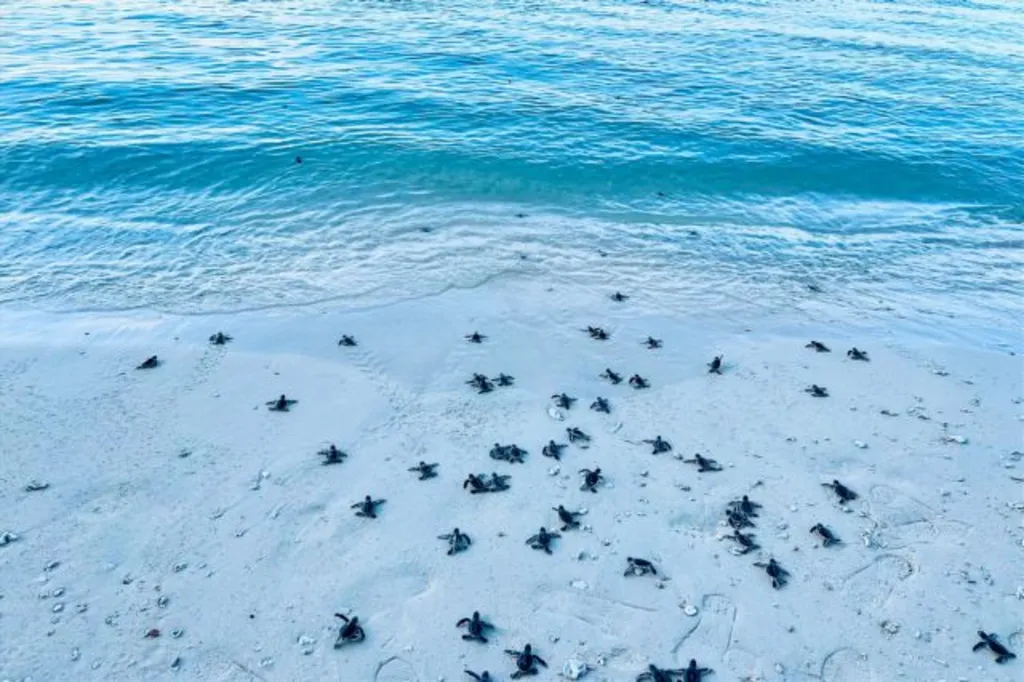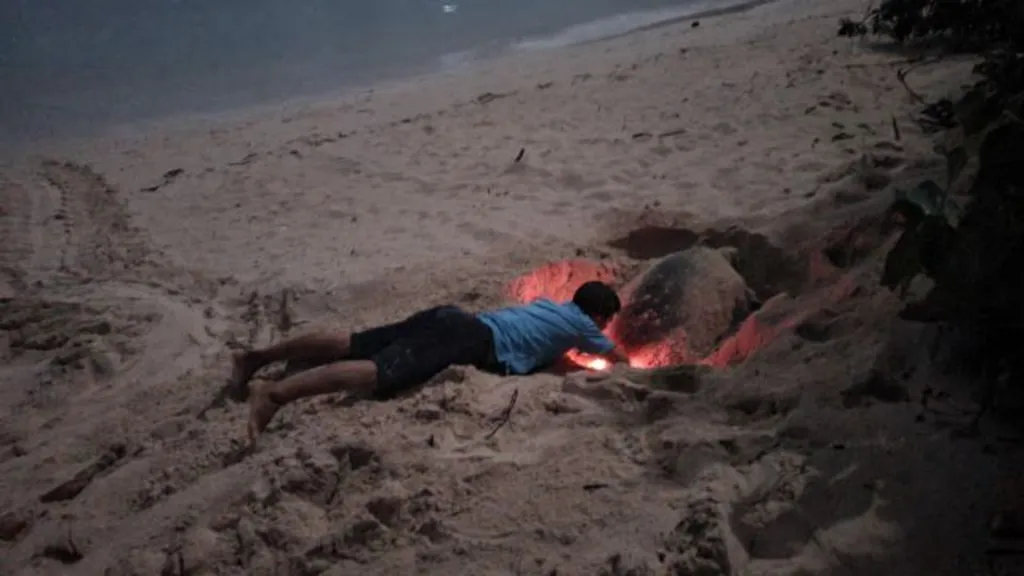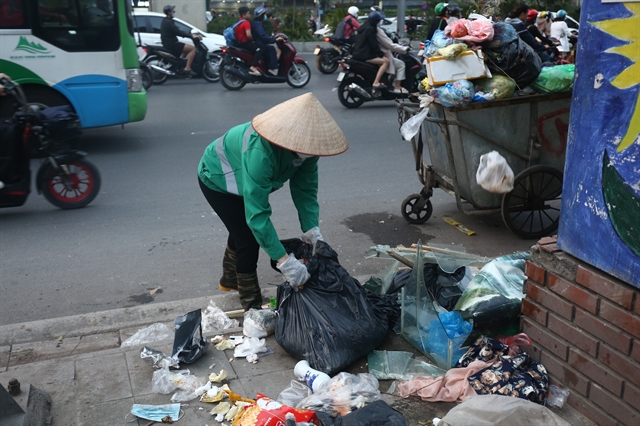 Environment
Environment

 |
| Turtles head out to the sea in Côn Đảo Island off the southern province of Bà Rịa-Vũng Tàu. — Photo laodong.vn |
{ "id": "sD5UjcGbAw", "type": "myToolImages", "data": { "data": "" } }
HÀ NỘI — Wildlife protection requires the engagement of not only State management agencies but also other stakeholders such as non-governmental organisations, agencies, the private sector, and the community.
Each individual stakeholder should play a role in building a healthy, sustainable and responsible environment to protect all life on Earth.
Sea turtles have been included in the Red List of the International Union for Conservation of Nature (IUCN), and the Convention on International Trade in Endangered Species of Wild Fauna and Flora (CITES).
In Việt Nam, they are only found in seas in the northern province of Quảng Ninh, and central Quảng Trị, Thừa Thiên-Huế, Đà Nẵng, Quảng Nam, Phú Yên and Ninh Thuận provinces. They are there only in very small numbers.
Côn Đảo Island off the southern province of Bà Rịa-Vũng Tàu is home to the largest number of turtles giving birth annually, with about 300-400 mother turtles per year.
A wide range of sea turtle research and conservation activities have been carried out at the Côn Đảo National Park over the past years with the participation of the public and all-level authorities.
Côn Đảo Island District has stepped up communications work to raise public awareness of wildlife protection, especially sea turtles, with diverse forms and methods.
 |
| A forest ranger in Bảy Cạnh Island supports a turtle laying eggs in Bà Rịa–Vũng Tàu Province. — VNA/VNS Photo |
{ "id": "zP_Dk3jRbv", "type": "myToolImages", "data": { "data": "" } }
The Côn Đảo National Park is the first place in Việt Nam to successfully carry out a sea turtle conservation programme. The number of sea turtles laying eggs in Côn Đảo accounts for about 90 per cent of the number of sea turtles in Việt Nam.
IUCN Vietnam Country Representative Jake Brunner pointed out that biodiversity and wildlife in Việt Nam in particular are facing a host of challenges, and many species have been pushed to the brink of extinction. Some have even gone extinct, taking the example of Javan rhino (Rhinoceros sondaicus) which was confirmed extinct from Việt Nam in October 2021.
Therefore, wildlife protection should come with the protection of their natural habitat, both in and outside protected areas, he stressed, adding that Việt Nam needs a national system of protected areas.
The national biodiversity strategy to 2030 with a vision towards 2050 highlights wildlife conservation, especially endangered species. Specifically, by 2030, the situation of at least 10 endangered species should be improved and no more endangered species will go extinct.
The strategy also sets out measures such as investigating, evaluating and continuously updating and publishing the list of endangered and rare species.
Hoàng Thị Thanh Nhàn, deputy director of the Department of Nature Conservation and Biodiversity under the Ministry of Natural Resources and Environment, said Việt Nam has implemented many commitments relating to wildlife protection.
Examples are the Convention on Biological Diversity, Convention on International Trade in Endangered Species of Wild Fauna and Flora, and the Ramsar Convention (The Convention on Wetlands of International Importance, especially as Waterfowl Habitat), among others.
Việt Nam is home to 25 species of tortoise and freshwater turtles including two endemic species, the Southern Vietnamese Box Turtle (Cuora picturata) and the Vietnamese Pond Turtle (Mauremys annamensis) with populations on the decline, according to the Wildlife Conservation Society Việt Nam.
The Vietnamese Pond Turtle is extremely scarce and only found in the central region of Việt Nam, the Southern Vietnamese Box Turtle is found in southern localities surrounding Phú Yên and Khánh Hòa provinces.
Hunting and habitat loss are major factors that lead to the decline of this culturally revered species, which is a symbol of Việt Nam’s majestic history. Tortoises and freshwater turtles are hunted mainly for the wildlife trade, used in traditional medicine and as pets, the organisation said. — VNS




